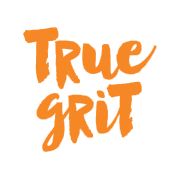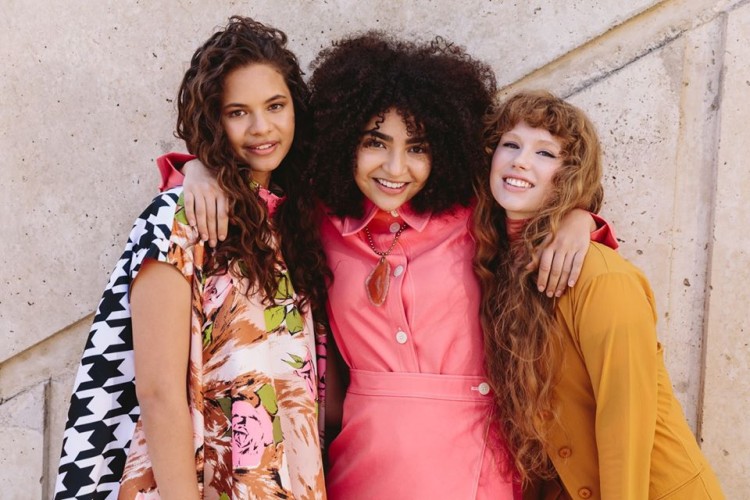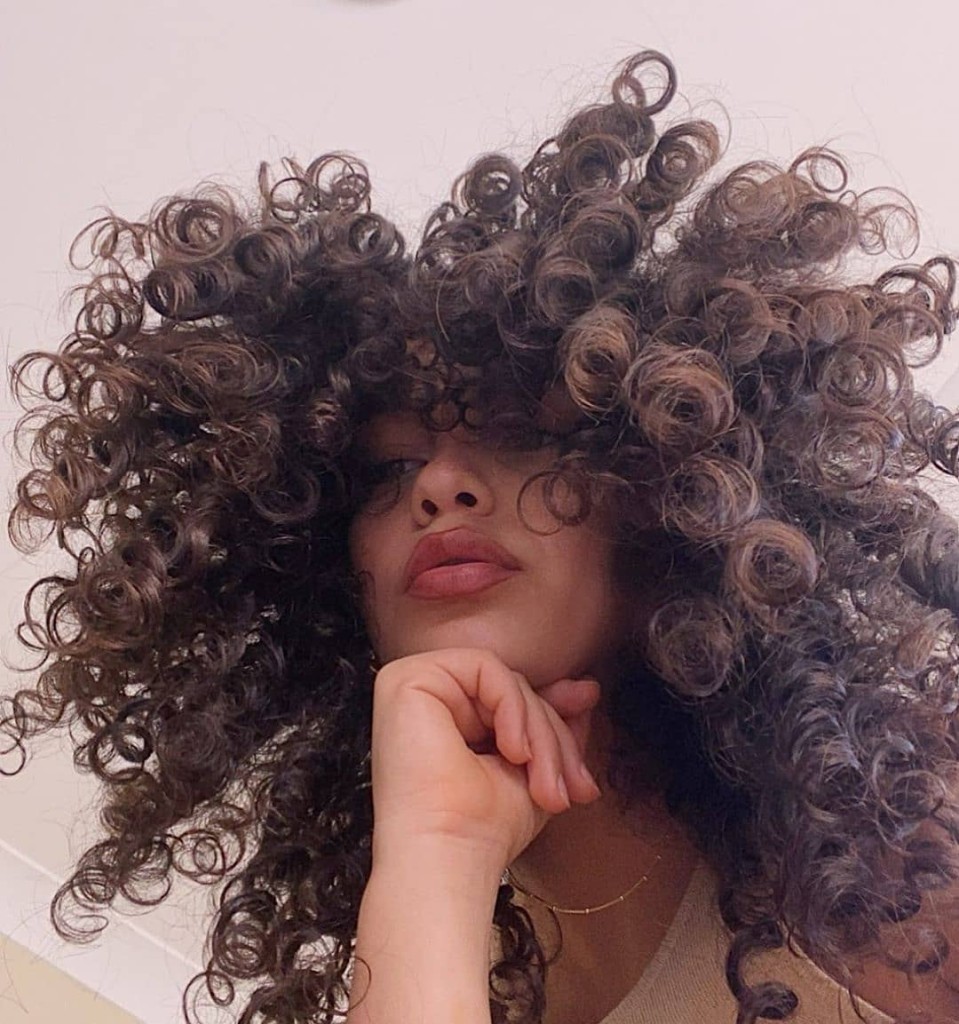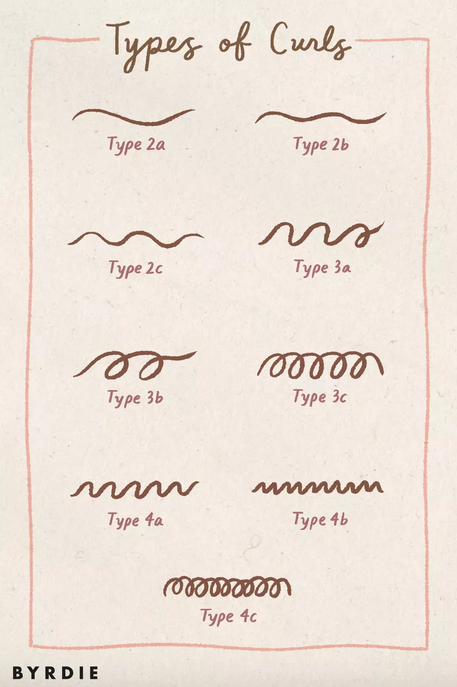Curls curls curls, we’re looking for a good time…
Identify your curl pattern (or patterns) and embrace the personality of your natural strands. You have to get to know your own textures and twists if you’re going to get to grips with how to make them play ball and look fab. Here’s our guide to owning your curls and making them work for you!
The twist test
Firstly, find out how porous your hair is. Give yourself some me-time in the bath or just grab a pot of water to dunk a strand or two if you’re on the run. If your hair floats it means that it doesn’t absorb well which in turn means your products will not be penetrating to get maximum results if you’re not using a heavy-duty cream fit for the job. If your hair submerges then it’s taking in liquids easily and therefore requires a lighter product that can be water-based.
Flex it
How addictive is it to play with your curls? That pulling out and springing back habit you hardly notice you’re doing?! If you tug a curl (gently) and it springs back to its starting position, it has elasticity and this means it holds moisture. A curl that doesn’t return is lacking in moisture so it’s a good idea to treat with a cream hydrator.
Variety is the spice of life
And variety you can have! You don’t have to be just one curl type… you might have more than one (yes, at a time)! This is why you might feel a handful of textures as you run your hands through. This is where a little bit of science comes in and it all starts with the follicle as a single hair is identified. The follicle is the part of our hair that resides within the skin, of our scalp. Each of these structures plays a role in determining our overall hair shape. The follicle of curly hair adopts an oval shape. The flatter the oval is, the curlier the hair will be, and also if the follicle angles into the dermis then the hair will curve as it grows causing it to curl. This is why there is no one mould for curl types as we are all genetically so different!
This is what takes us from having straight to wavy, curly, or coily hair.
How to identify your curl type
Experts Explain Exactly How to Identify Your Curl Type.
The wave; 2a & 2b & 2c
This can be any texture and encompasses fine to coarse strands. If you have wavy hair you can style it as a barely-there look, a little bit like your fresh fro the waves of the ocean. A beach goddess! Be sure to add some volume at the base lift it and add life. This is where your sea salt spray comes in for extra enhancement.
For thicker waves with a tendency to frizz, fear no more. We promise some manageability to embrace what nature gave you! Just be sure to add hydration to your routine in the way of a leave-in conditioner or a curl-enhancing mousse with natural ingredients to really get the waves waving.
The curl (or loopy S); 3a & 3b & 3c
Think of the letter S and the form it takes on then think how your strands replicate this, in a number of circumferences. From resilient bouncy curls to compact coils, the secret to maintaining these buoyant beauties is to tame the frizz, boost and nourish with the right conditioners and curl creams. It’s a lifestyle, not a trend! Getting the definition when the hair is still damp is your key to the success of capturing your curl.
The coil (loopy S or tighter Z); 4a & 4b & 4c
Dense, springy, and kinky. With coils of small circumference, the strands form very tight curls that require lots of hydration. These coils can have an almost zig-zag pattern that has a great amount of shrinkage. It’s all in that hair science! Embrace the kink and lend some additional nourishment from hair creams and oils. Pat dry without excessive rubbing.



